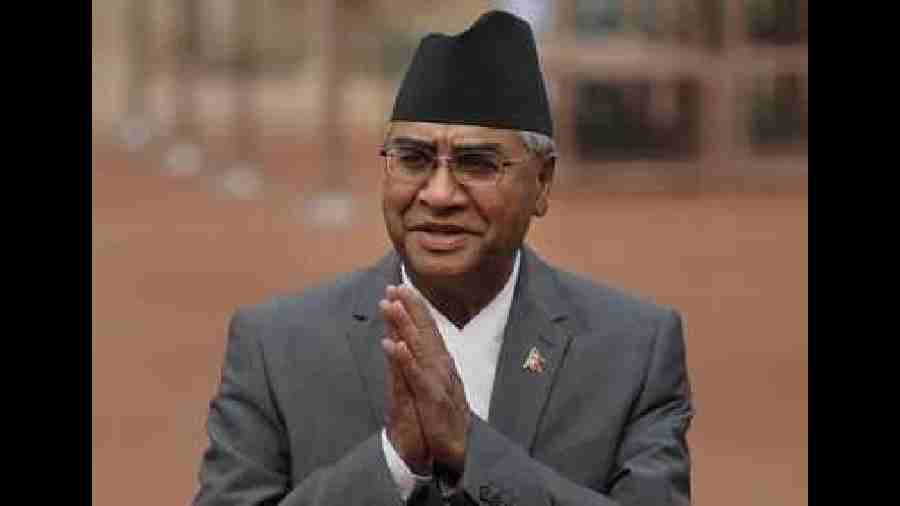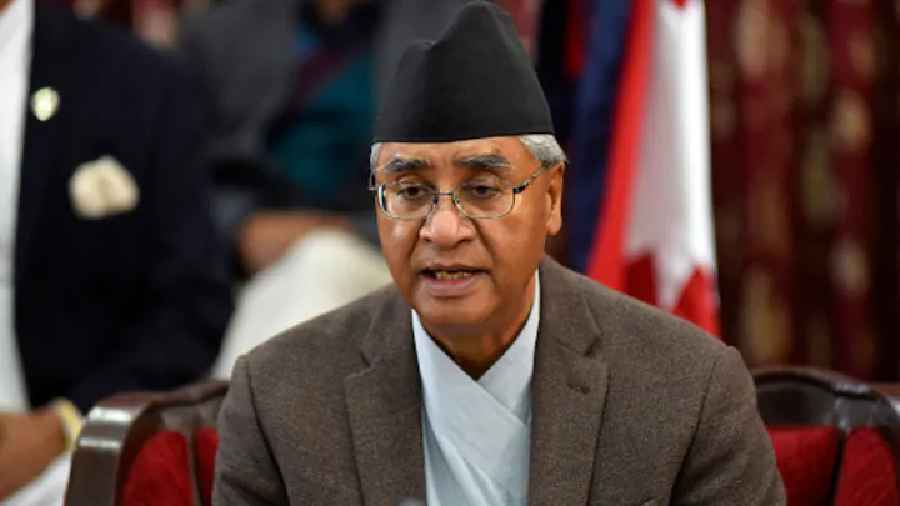Prime Minister Sher Bahadur Deuba's Nepali Congress emerged as the largest party by winning 57 seats in Nepal's parliamentary election as the counting of votes under the direct system concluded here on Monday, brightening the party's chances of forming the new government.
Elections to the House of Representatives (HoR) and seven provincial assemblies were held on November 20 to end the prolonged political instability that has plagued the Himalayan nation. The counting of votes started a day later.
In the 275-member HoR, 165 will be elected through direct voting, while the remaining 110 will be elected through a proportional electoral system. A party or a coalition needs 138 seats for a clear majority.
According to Nepal's Election Commission, the Nepali Congress has won 57 seats under direct voting, the Communist Party of Nepal (Unified Marxist–Leninist) (CPN-UML) has bagged 44 seats, while the CPN-Maoist Centre and CPN-Unified Socialist have emerged victorious on 18 and 10 seats respectively.
Similarly, the Rastriya Swatantra Party (RSP), the Rastriya Prajatantra Party (RPP) and the Janata Samajwadi Party (JSP) have won seven seats each. Likewise, the Loktantrik Samajwadi Party and Nagarik Unmukti Party have won 4 and 3 seats respectively, it said.
Rastriya Janamorcha, Nepal Workers and Peasants Party and Janamat Party have won one seat each. The independent candidates have won five seats, it added.
The counting of votes for all 165 HoR seats under the direct voting method has ended, Election Commission spokesperson Shaligram Poudyal said.
However, the vote counting under the proportionate voting system for two constituencies is still going on, the official said.
Under the proportionate voting system, the CPN-UML has bagged the highest number of votes 2791,734, followed by the Nepali Congress with 2666,262.
The CPN-MC and RSP have received 1162,931 and 1124,557 votes respectively. Similarly, RPP, JSP and Janamat have received 586,979, 420,946 and 394,253 votes respectively.
So far, 12 political parties and five independent candidates have been elected to the HoR. Similarly, seven political parties, NC, CPN-UML, CPN-MC, RSP, RPP, JSP and Janamat, have got the recognition of a national party.
The HoR seats under the proportional voting system will be determined on the basis of the weightage of votes received by political parties under the proportionate voting system.
Under a proportional voting system, the CPN-UML is likely to get 33 seats followed by the Nepali Congress with 32 and CPN-MC with 14. The RSP, RPP, JSP and Janamat are likely to get seven, seven, five, and five seats respectively.
With this, the Nepali Congress will emerge as the largest party with 89 seats in the HoR followed by CPN-UML with 77 seats. CPN-MC will get the third position with 32 seats, while RSP will be fourth with 21 seats and RPP fifth with 14 seats.
Political instability has been a recurrent feature of Nepal's Parliament since the end of the decade-long Maoist insurgency, and no prime minister has served a full term after the civil war ended in 2006.
The frequent changes and fighting among parties have been blamed for the country's slow economic growth.
The next government will face challenges of keeping a stable political administration, reviving the tourism industry and balancing ties with neighbours - China and India.











